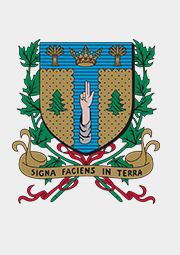
The Annals of Saint Anne - Summary
November-December 2025
Editor's desk François-Marie Héraud
Welcoming Peace
In our world of constant motion, where everything must be instantaneous and where images reign supreme, it is easy to be misled and to believe that all we see on our phones, tablets and televisions is true.
Do we not chase after the latest news spread across social media and news networks? Do we realize that artificial intelligence creates images designed to please, persuade or even provoke? How often do we allow appearances to guide our hearts?
How, then, can we welcome truth and learn to recognize what is real? At Christmas, the Gospels present to us a humble woman, Mary. She is the one who, at the Annunciation, answers “Yes,” entrusting herself fully to God, who had first chosen her. One silent night, far from home, Mary brings a Child into the world. She wraps Him in swaddling clothes and lays Him in a manger, in all simplicity and poverty.
Mary is a woman of silence and listening, of thanksgiving and discernment. From her earliest days, she hears the Word of God, ponders it deeply, and keeps it in her heart. A woman of deep faith, she abandons herself completely to God.
This Christmas, let us dare to ask Mary, the Mother of God, for the grace to teach us how to welcome and receive God’s Peace in our hearts.
May Mary show us how to live with humility!
May Mary teach us to pray with trust!
May Mary help us to surrender our fears as we turn towards God!
Then, at Christmas, we shall be ready to welcome the Christ Child and the Peace He offers us!
Merry Christmas 2025 and a Happy and Holy New Year 2026!
___________________________________________________
Cardinal Gérald Cyprien Lacroix – Archbishop of Québec





